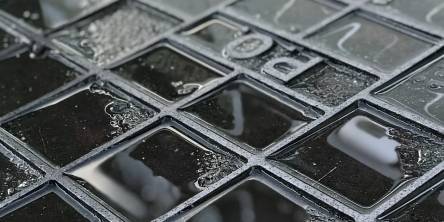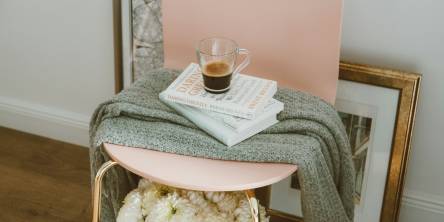The Dos and Don'ts When Painting Your Home

Making a start at the beginning of any home improvement project can seem daunting at first, making it difficult to know where to even begin. Even after simple tasks such as choosing paint and debating over layouts, the fun of it all is often quickly lost when feeling overwhelmed. However, home improvement, and painting especially, doesn’t need to be stressful - and can even be an enjoyable process.
To help you make your paint overhaul project a success, this simple guide will take you the whole way through - from deciding on matt or silk paint to the protective equipment recommended:
Preparation
Getting your home and, most importantly, yourself ready for the big refresh is arguably the most important step in the whole process.
Firstly, supplies: paint, rollers and brushes. Grab it all, and keep in mind that whilst also fixing your home you should always take safety precautions. It’s easier to fix up a house than it is to fix yourself. Dustsheets are a must to protect all your belongings from those paint splatters - it’s for the walls, not the floor. Equally as important, personal precautions such as respiratory equipment and overalls are essential to prevent breathing in any harmful toxins from spirits and paints.
Ignore a detailed timeline. Nobody needs the extra stress of attempting to get that wall finished in the middle of the night, or the disappointment when you realise you’re almost a week behind. Take things at your own pace, enjoy the process and you’ll appreciate the finished project even more.
The type of paint required is down to personal taste. Often more muted colours work better with a matt finish, with silk often working best when going for a splash of colour. Keep in mind that either can change the whole look of a room and one which is particularly ill-lit will lend itself well to the reflective qualities of silk paint. Similarly, the quality of paints available provides an abundance of choice for the consumer. As with the finish, the price is usually a good determinant of quality; do note that cheap paint will generally need more coats, reducing savings in the long run.
Before beginning, it can be helpful to give these questions a thought: will these colours work with my furniture? One bold feature wall, or a minimalistic style? When you’ve decided on these and picked up all the equipment, it’s time to get going.
Process
The first plan of attack: prep the chosen wall. A quick wipe down with a dry, clean rag followed by a once-over with odorless mineral spirit to de-gloss the surface will allow the best possible results. Be careful here though, when working with solvents it is always advised to use a quality respirator to protect your airways.
Once prepped, locate a quality neutral primer to apply before your chosen paint. This step isn’t always necessary, especially if you have a light-coloured wall beforehand, but it will provide better results with minimal coats. Apply this with a two-inch angled brush around each edge, using painter’s tape to avoid getting paint on other walls. Once the edges are completed, a quality roller brush should allow you to prime and paint in no time. Complete this by painting on a “w” shape, in 3-by-3-foot rotations until the wall is covered.
Once the wall looks complete, allow drying for a minimum of 5 hours to determine if it needs another coat. It generally will, and the process should be repeated the same as before. Although, when you finish this coat, remember to remove any painters tape while the paint is still wet. This will help you avoid accidentally peeling off dried paint and ruining your hard work.
Once the paint has dried and the room’s had time to air out, sit back and relax. Now you can appreciate the minimal stress of the project and the finished article even more.
Similar Articles
A well-maintained yard drainage system is key to preserving the beauty and health of any property. Poor drainage can lead to standing water, soil erosion, and even foundational damage to structures over time.
Keep your seaside home in top shape with these 4 expert tips! Learn about weatherproof materials, smart maintenance, and managing coastal challenges effectively.
Explore the future of roofing! Discover energy-efficient materials, smart systems, and sustainable designs reshaping modern home construction trends.
HVAC stands for heating, ventilation, and air conditioning. These all-in-one systems keep your home comfortable and improve air quality throughout a building. Often used in commercial buildings, HVAC units are increasingly used in residential buildings.
Safeguard your home after storms with timely roof repairs. Detect damage early, choose durable materials, and rely on a pro for lasting protection and peace of mind.
Learn how to balance a clean home and family life with these 6 practical tips to manage clutter, involve kids in chores, and set realistic expectations.
Homeowners are increasingly drawn to farmhouse-style architecture, which creates an inviting atmosphere in their homes that prioritizes comfort and coziness over aesthetics.
Discover transformative home renovation ideas for modern living, with trends, expert tips, and sustainable, budget-friendly practices to elevate your space.
Exterior shutters can make a brick house stand out, adding personality and charm. Homeowners often wonder if installing shutters on brick is a challenge, and it’s a valid concern.









